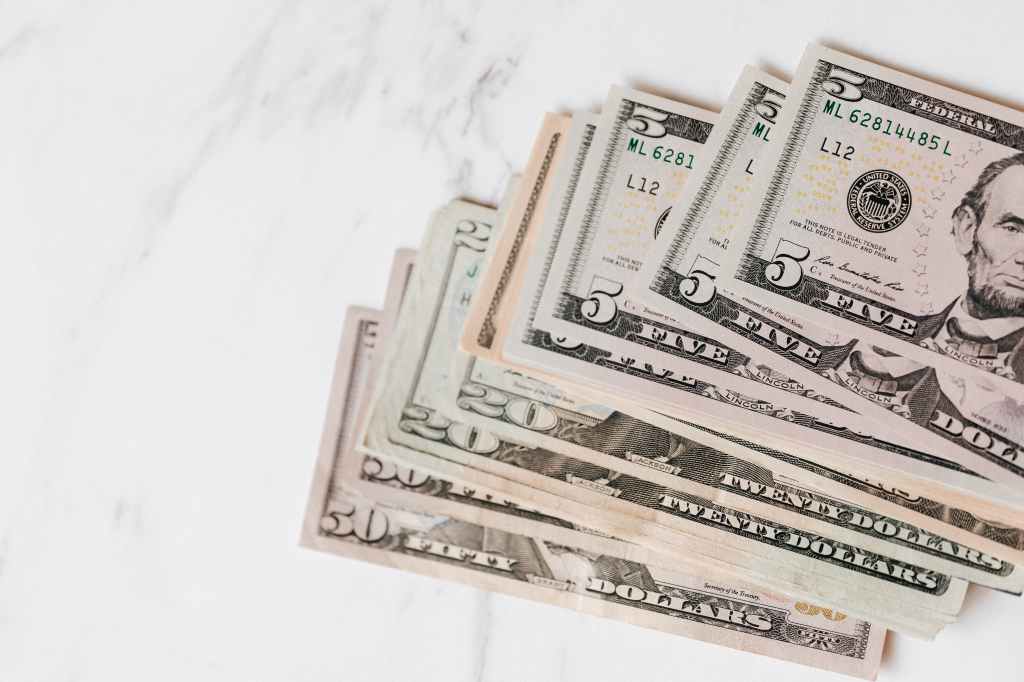
You read that right. Income season, not income tax season. I pray for the spirit of waiting all year for increase, to be removed from our minds and hearts. You can have increase at any given moment. All you need is the opportunity, expectancy and a renewing of your mind. Renewed mindsets brings about great abundance. Don’t wait all year for tax season to get a quick increase in your finances, income season can be yours all year long!
This year, try focusing on you receiving income and increase on a regular basis. Income, if we’re talking financially and increase when speaking of any and all areas of your life. Increase your self-awareness, self-control, relationships, health, peace, etc. Anything that is in coming, that you can receive is what you can train your mind to think of. I guess I could’ve named this post “Incoming Season” but it doesn’t have the same depth to it. Look up the definition of income and increase and seeing the definition might just change your mindset or life.
If you focus on lack or areas of your life where you are lacking something or there is a deficit, that lack could remain. Focus on increasing any area of your life where there may be a lack or where improvements can be made. This could range from anything like, your response when you’re mad or upset to improving your arrival time at work. Don’t limit yourself! We should always aim or desire to be better as a person not only for ourselves but for those around us.
Since it’s a new year, I have to provide y’all with money tips for the first quarter. Check out the new podcast on money with Eric Lewis from the IKG podcast.
It’s time for increase in your incoming funds. These tips are only here to give examples of how to cash in on some extra dollars. Do what works for you! Income is the key word so the goal is to have in coming funds! Lets start to cash out on some things we utilized last year.
- Cash out survey or referral programs points for Zelle, PayPal or Visa Gift Cards (ex. Rakuten or Fetch )
- Redeem your credit card points for cash or gift cards (ex. 25,460 points, could equal $254.00)
- Any interest that you may have gained on your savings accounts can be used to keep compounding or to move to another account for spending. You earned it. (Your savings account shows $5,138. The $138 is most likely interest earned (check your bank statement for interest earned total). Cash out the $138)
- Your stocks may be doing well. It’s time to check them and possibly cash out your initial investment to reinvest or use elsewhere. (You initially spent $500 on Apple stock, it’s currently worth $1,200. You could sell the shares that would equal $500(your initial investment) and keep $700 worth of Apple shares.) Remember, stocks are a long game, so only think of cashing out the initial investment if you really need the extra or if you deem it worth it.
Please note that anything that I have ever suggested when it comes to money and saving, I have done it personally or I have seen the benefits of it first hand. Happy saving, investing, cashing out and INCREASE!
Sincerely,
Angie

You must be logged in to post a comment.